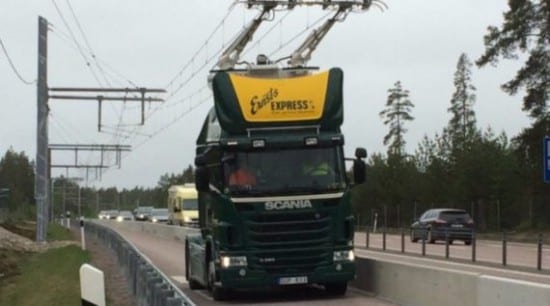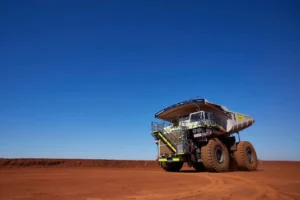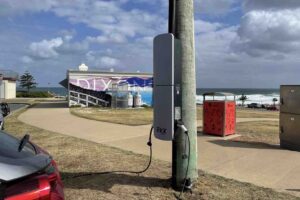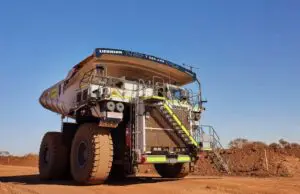A test stretch of electric road, the first in the country, was inaugurated in Sandviken, Sweden, on June 22.
The electric road test stretch, located on the E16, makes Sweden one of the only counties anywhere in the world to be actively testing the use of electric power as an aid to heavy transport on public roadways.

“Electric roads will bring us one step closer to fossil fuel-free transports, and has the potential to achieve zero carbon dioxide emissions. This is one way of developing environmentally smart transports in the existing road network. It could be a good supplement to today’s road and rail network,” stated Lena Erixon, Director General of Trafikverket.
The press release provides some specifics on the test stretch being monitored by Region Gävleborg, noting that the pilot “involves a current collector on the roof of the truck cab feeding the current down to a hybrid electric motor in the truck.
Outside Arlanda, the eRoadArlanda consortium company will test a technology that involves an electric rail in the roadway charging the vehicle during its trip. For the time being, the work will take place on a closed-off road, but the plan is that the technology will be demonstrated in actual traffic next year.”
Erik Brandsma, Director-General of the Swedish Energy Agency, commented: “Electric roads are one more piece of the puzzle in the transport system of the future, especially for making the heavy transport section fossil fuel-free over the long term. This project also shows the importance of all the actors in the field cooperating.”
The pilot tests are expected to continue through 2018, according to the press release. Decisions about a possible rollout of the technology will follow pilot completion.
The pilot test stretch on the E16 is 2 kilometers long, and utilizes an approach similar to that used by lightrail, “with contact lines 5.4 meters over the roadway.” Going on: “The truck has a current conductor on the roof that feeds 750 volts DC to the truck’s hybrid electric system.
The current conductor can connect automatically at speeds up to 90 km/h. The test stretch is equipped with posts 60 meters apart that hold up the electric lines over one of the lanes. At a rest area, there is a transformer for low-voltage direct current of the same type as in the light rail network. Other traffic on the road will not be affected.”
More information on the pilot can be found here.
Source: Cleantechnica. Reproduced with permission.








